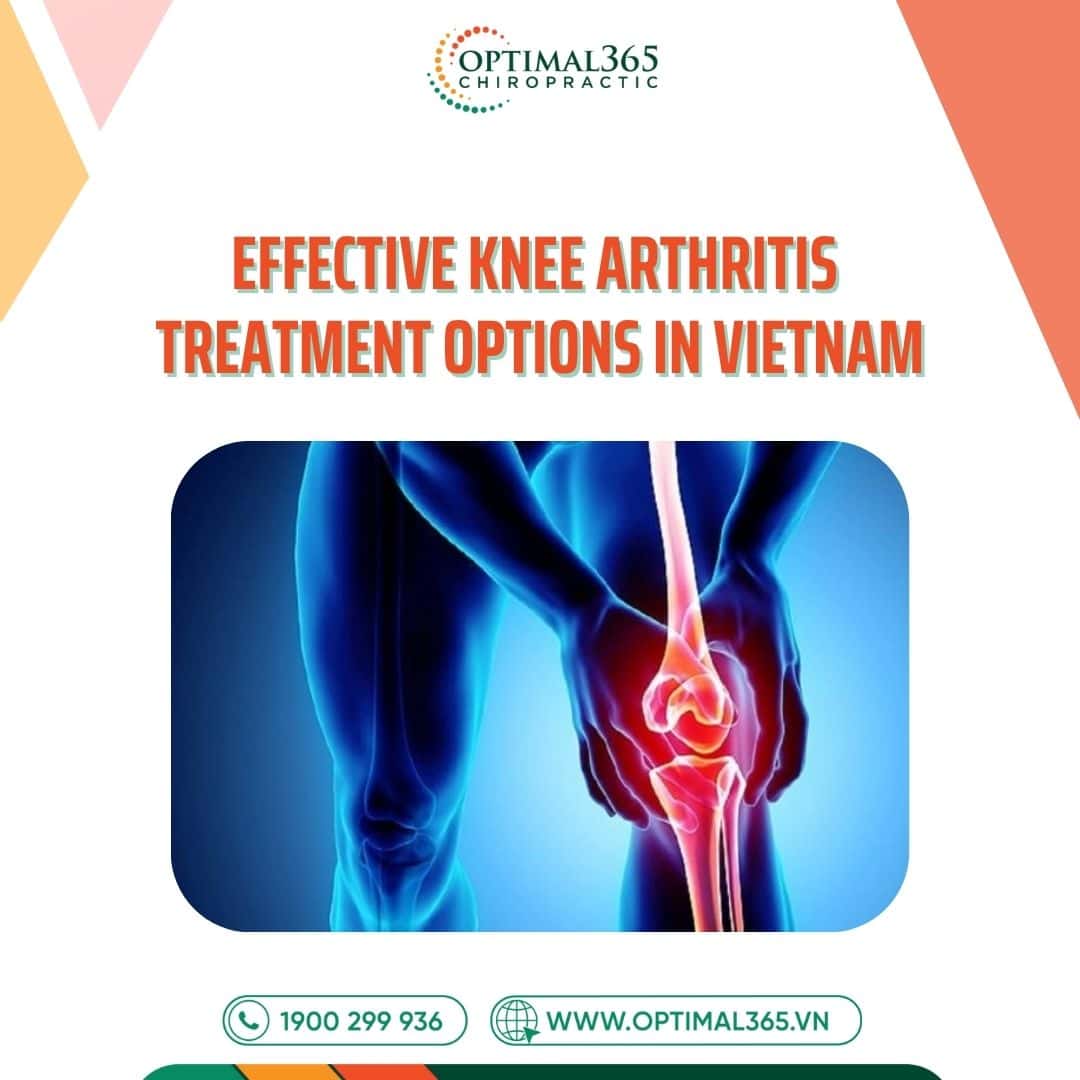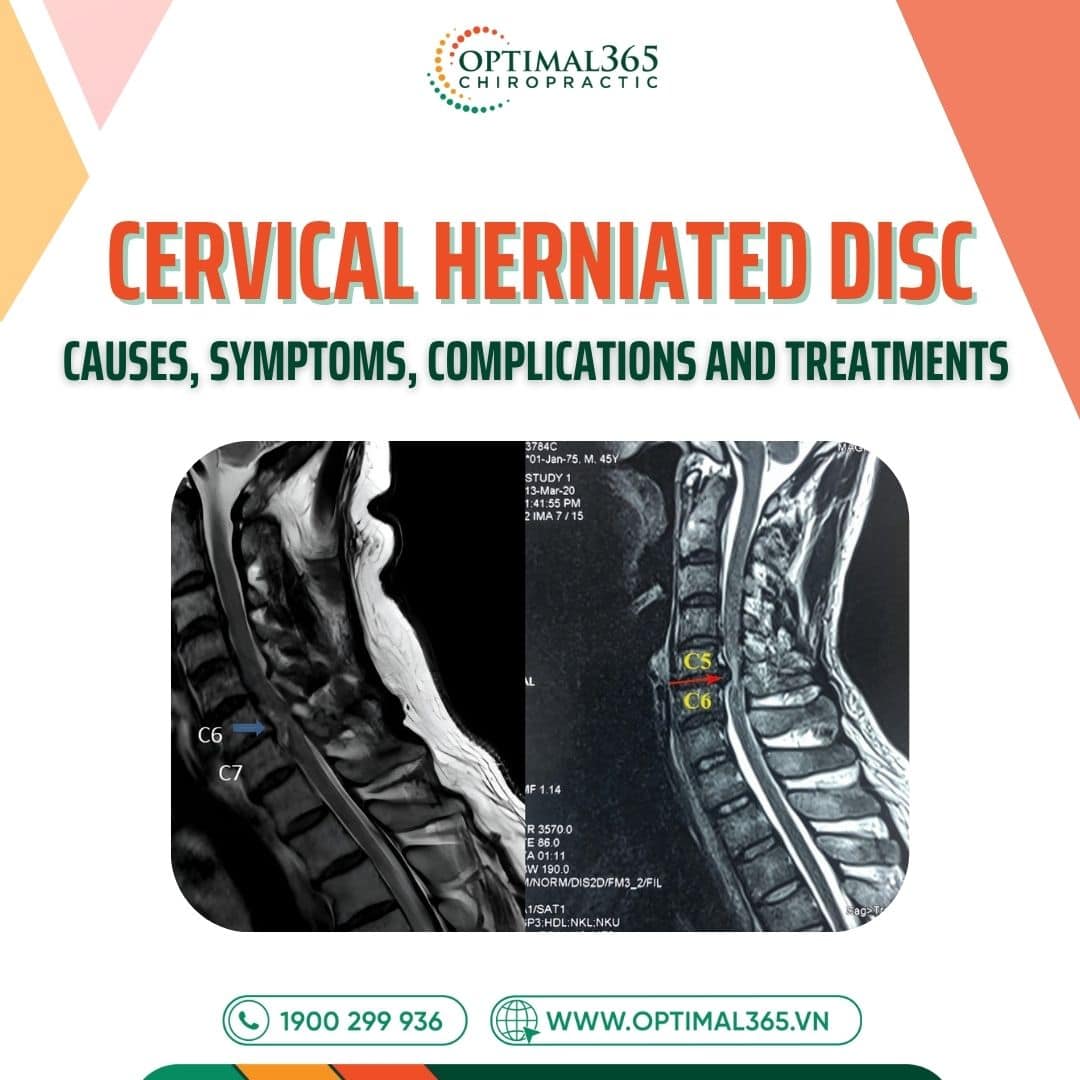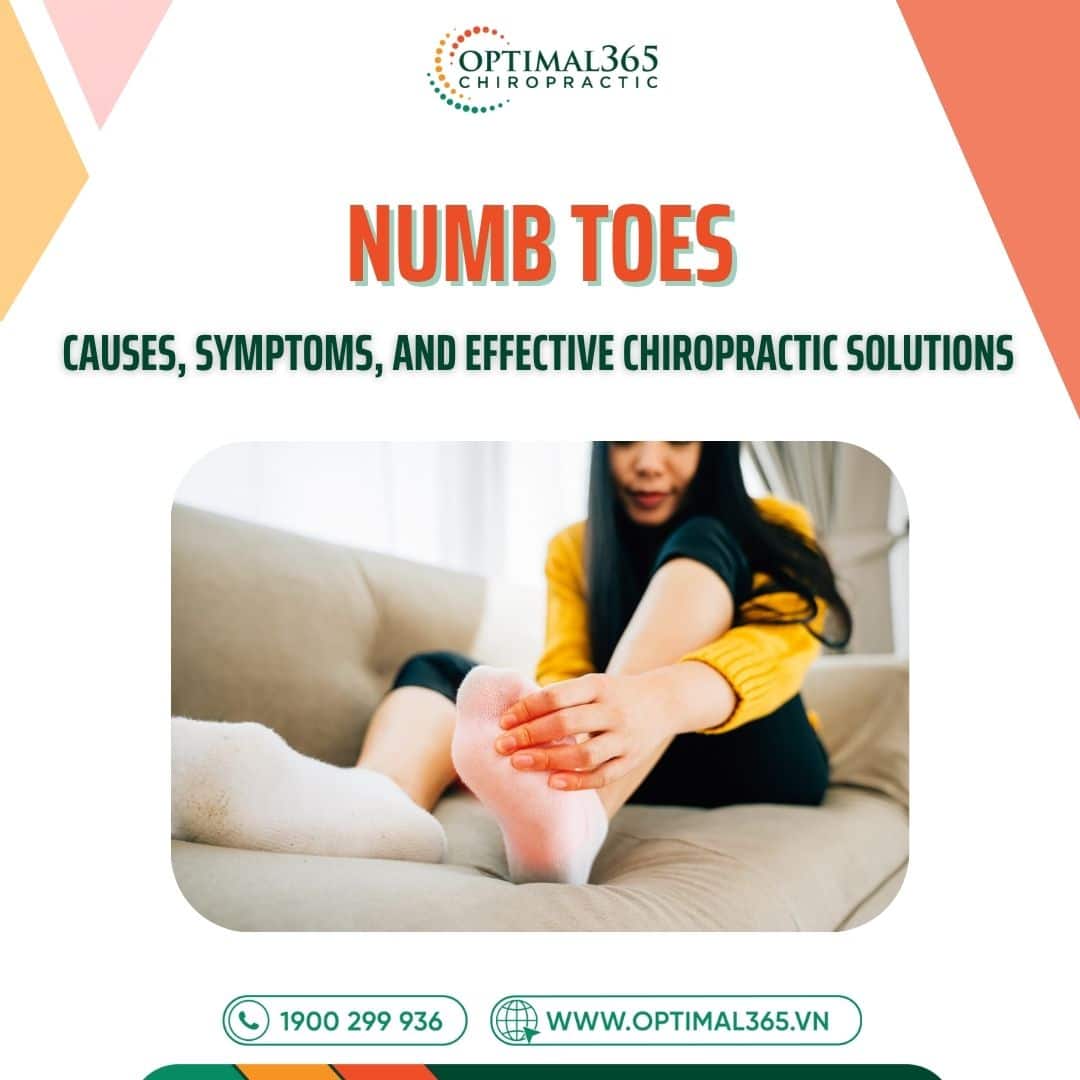According to the latest data from the Vietnam Rheumatology Association, musculoskeletal disorders are on the rise, affecting over 30% of individuals aged 35 and above and 60% of the elderly in Vietnam. Knee arthritis, one of the most common conditions, significantly impacts mobility and quality of life. Within five years of onset, approximately 60% of patients lose normal work capacity, and 16% become unable to walk. Therefore, developing effective knee arthritis treatment protocols is critical to help patients manage pain, restore function, and provide doctors with long-term, optimized care tools.
Key Considerations Before Starting Knee Arthritis Treatment
A Long-Term and Comprehensive Process
Treating knee arthritis is a prolonged process requiring close collaboration between patients and doctors. Regular check-ups are essential for monitoring disease progression and adjusting treatment plans tailored to each patient’s condition. Patients must strictly adhere to medical advice and make lifestyle changes to achieve the best outcomes for knee arthritis treatment.

Key Considerations Before Starting Knee Arthritis Treatment
Building an Effective Knee Arthritis Treatment Plan Focusing on the Root Cause
Knee arthritis is a complex condition requiring a comprehensive treatment approach. The first and most crucial step is accurately diagnosing the cause, which may include osteoarthritis, rheumatoid arthritis, or other factors. Based on the diagnosis, doctors develop a personalized knee arthritis treatment plan that addresses both symptoms and underlying causes. The ultimate goal is to improve patients’ quality of life and mobility effectively.
Adhering to the Treatment Plan
Knee arthritis is a chronic condition requiring patience and adherence. Following the prescribed knee arthritis treatment plan, combined with regular evaluations, is key to achieving optimal results. During follow-up visits, doctors assess disease progression, adjust medication dosages, and modify treatment methods to ensure effective management.
Monitoring Clinical Symptoms
Close monitoring of clinical symptoms such as pain, swelling, stiffness, and limited mobility is vital for effective knee arthritis treatment. By focusing on these common symptoms, doctors can accurately assess the condition and make informed treatment decisions, ultimately improving patients’ quality of life and minimizing complications.
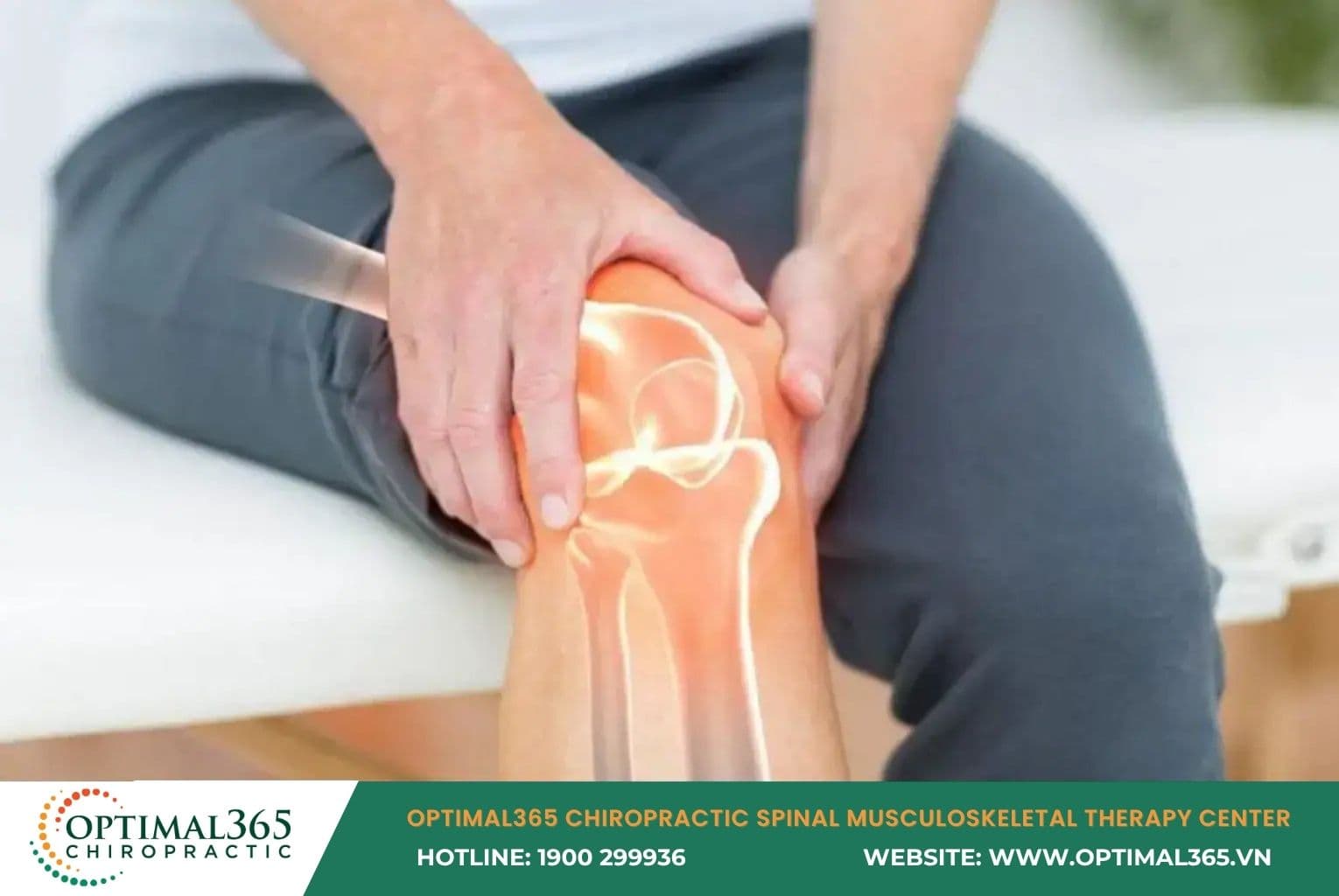
Monitoring Clinical Symptoms
Adjusting Treatment Approaches
Knee arthritis treatment plans can be flexibly adjusted based on patient response. If significant improvements are observed, doctors may reduce treatment intensity or switch to gentler methods. However, all adjustments should be thoroughly discussed between the doctor and patient to ensure long-term effectiveness.
Referencing Vietnam Ministry of Health Guidelines
Early knee arthritis treatment is critical to prevent severe complications such as joint stiffness, muscle atrophy, or deformity, which can lead to loss of mobility. Below are some symptom-focused treatment methods recommended by the Vietnam Ministry of Health.
Medication-Based Knee Arthritis Treatment
Non-Steroidal Anti-Inflammatory Drugs (NSAIDs)
NSAIDs are commonly used to manage pain and inflammation in knee arthritis treatment. Depending on the severity and patient health, doctors may prescribe:
- Selective COX-2 inhibitors: Effective for pain relief and inflammation with fewer gastrointestinal side effects.
- Non-selective NSAIDs: Provide rapid pain relief but may cause stomach ulcers or gastrointestinal bleeding.
Corticosteroids
Corticosteroids are potent anti-inflammatory drugs used to reduce swelling and pain in conditions like knee arthritis, asthma, lupus, and autoimmune diseases. Available in tablets, injections, sprays, or creams, they must be used strictly under medical supervision to avoid side effects like nausea, high blood sugar, osteoporosis, or adrenal suppression.
Disease-Modifying Antirheumatic Drugs (DMARDs)
DMARDs are prescribed for both early-stage and severe knee arthritis. They stabilize the condition, slow joint cartilage destruction, and are suitable for long-term use.
- Conventional DMARDs: Reduce inflammation and disease progression (e.g., methotrexate, sulfasalazine).
- Biologic DMARDs: Control inflammation quickly and preserve joint function, used when conventional DMARDs are ineffective (e.g., B-cell inhibitors, TNF-α inhibitors). Note: DMARDs require medical supervision to avoid side effects like stomach ulcers, hypertension, or kidney issues.
Combined Knee Arthritis Treatment Approaches
For optimal results, knee arthritis treatment should integrate medication with complementary methods to reduce symptoms and improve joint function:
- Rest: Limiting stressful activities reduces joint pressure, aiding recovery.
- Exercise: Gentle activities like walking or yoga improve overall health and reduce arthritis symptoms.
- Physical Therapy: Tailored exercises strengthen muscles, enhance joint flexibility, and accelerate recovery.
Knee Arthritis Treatment at Optimal365 Chiropractic
At Optimal365 Chiropractic in Vietnam, patients receive world-class care at significantly lower costs compared to international treatment prices.
Chiropractic Care for Root Cause Treatment
Optimal365 Chiropractic employs specialized chiropractic techniques to address the root causes of knee pain. Doctors conduct thorough clinical assessments to pinpoint the cause of knee arthritis. Using gentle manual adjustments, they correct misaligned joint structures, promoting the body’s natural healing process. This approach minimizes cartilage damage, prevents bone spur formation, and enhances blood circulation to nourish the joint system. Thousands of patients have experienced pain relief and restored knee function through this method.
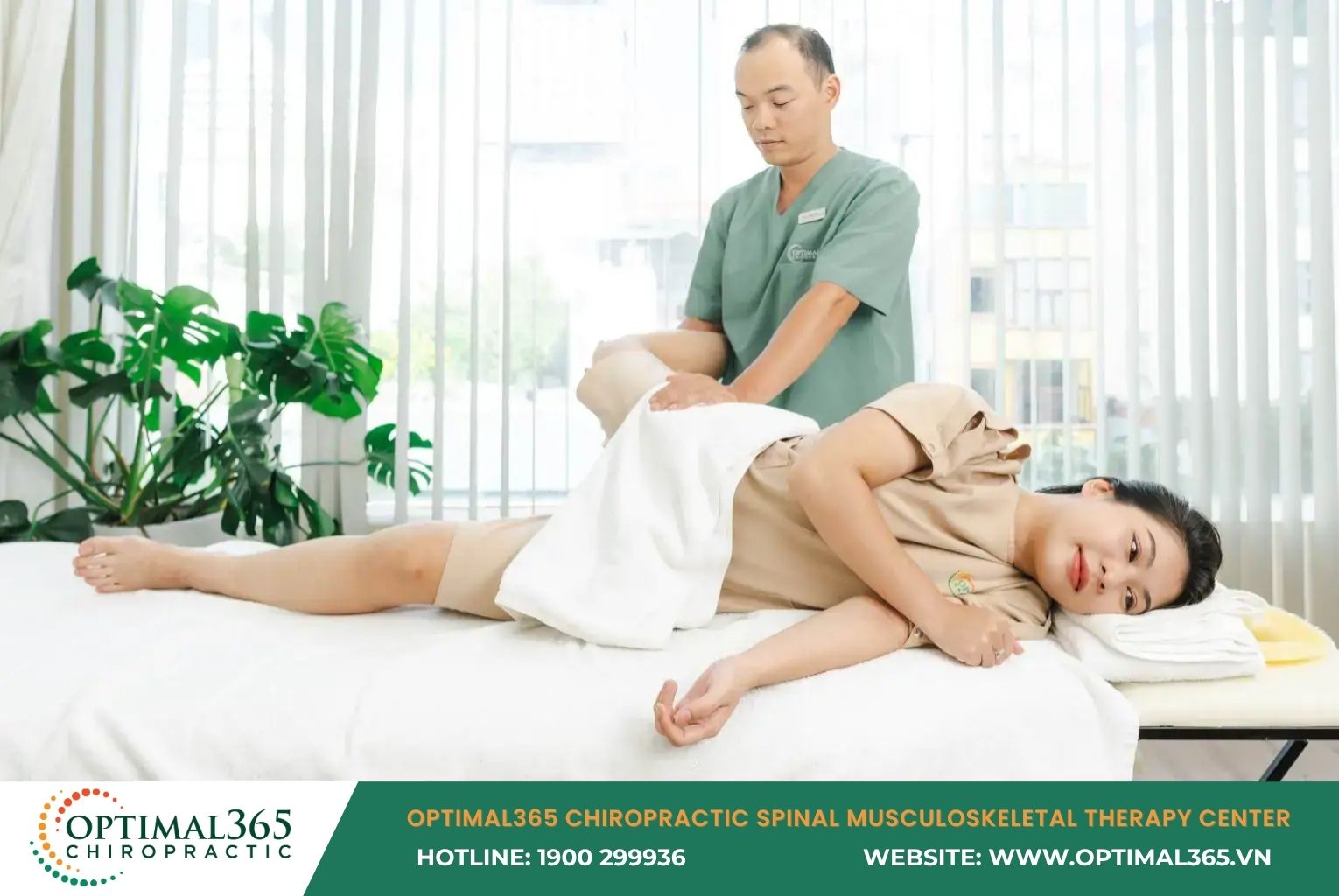
Chiropractic Care for Root Cause Treatment
Deep Muscle Therapy
Deep muscle therapy targets trigger points around the knee, relieving muscle tension, reducing pain, and improving mobility. Strengthening surrounding muscles stabilizes the joint, reduces cartilage stress, and prevents further damage. Enhanced blood flow delivers essential nutrients, accelerating tissue repair and reducing inflammation.
High-Tech Treatment Modalities
Advanced technologies like electrical stimulation, high-power laser, tecar therapy, shockwave therapy, and spinal decompression are widely used at Optimal365. These methods provide rapid pain relief, reduce inflammation, improve blood flow, and promote tissue healing, helping patients regain mobility and prevent recurrence.
Tailored Rehabilitation Exercises
Customized exercise programs enhance joint flexibility and function, activating the body’s self-healing mechanisms. These exercises prevent recurrence, maintain post-treatment results, and significantly improve patients’ quality of life.
Health Monitoring at Optimal365 Chiropractic
Comprehensive health monitoring before, during, and after treatment is critical for complex conditions like knee arthritis. At Optimal365 Chiropractic, pre-treatment assessments ensure tailored plans, while ongoing monitoring tracks progress and prevents complications. Post-treatment, patients receive guidance on activity, diet, and lifestyle to sustain recovery and avoid risks like smoking or excessive alcohol consumption.
Conclusion
With advancements in medical science, knee arthritis treatment has made significant strides. Early diagnosis and adherence to a comprehensive treatment plan, combined with a healthy diet and exercise, can greatly enhance quality of life, reduce disability risks, and extend joint health. At Optimal365 Chiropractic in Vietnam, patients receive international-standard care at more affordable prices compared to overseas treatments, ensuring effective pain relief and long-term joint health.



